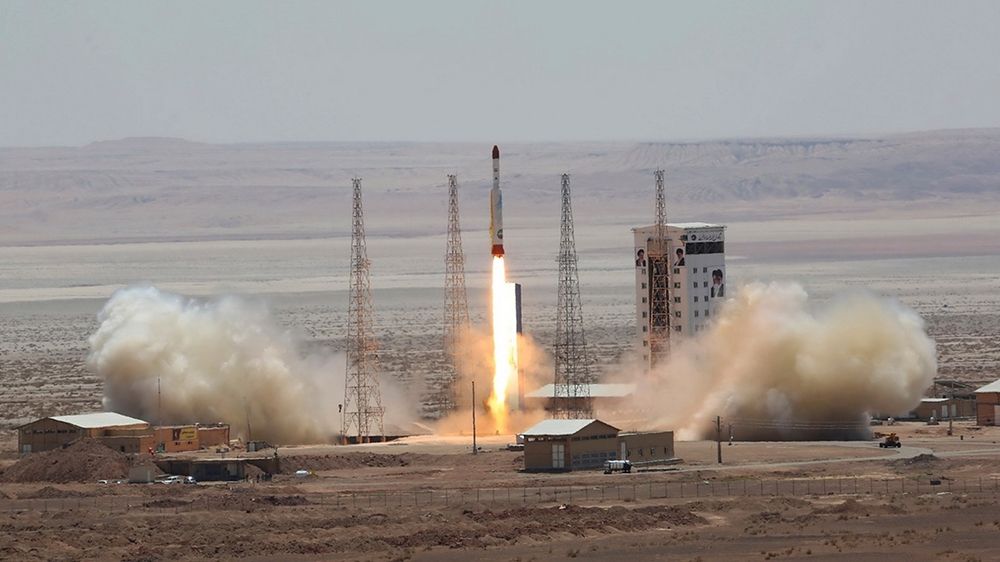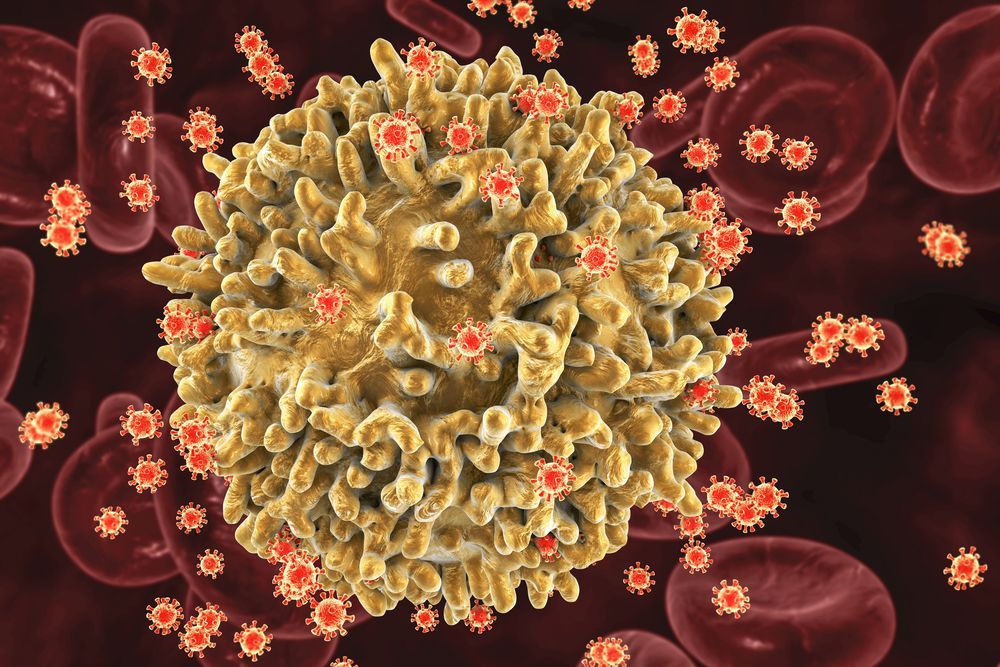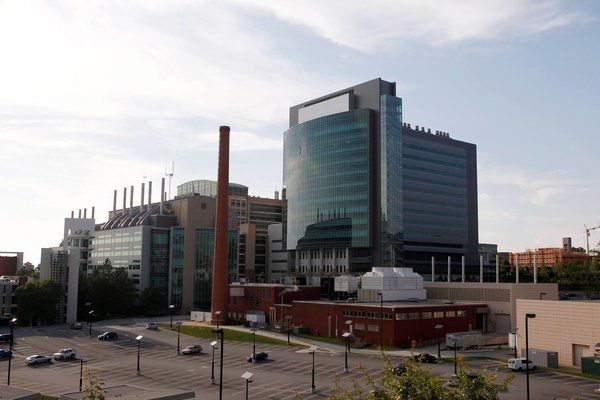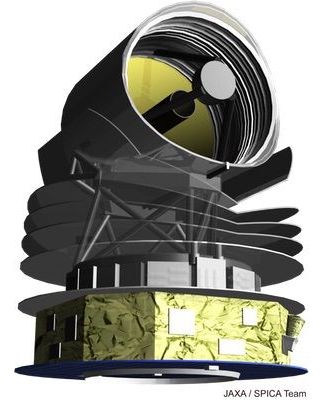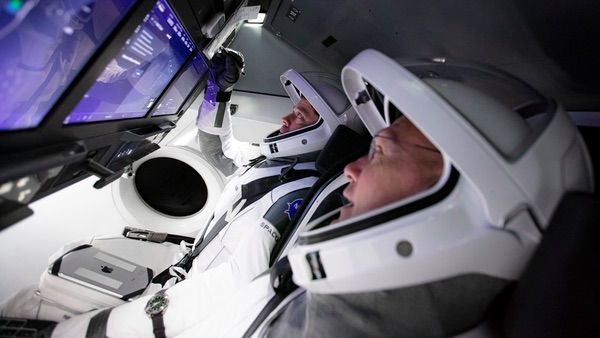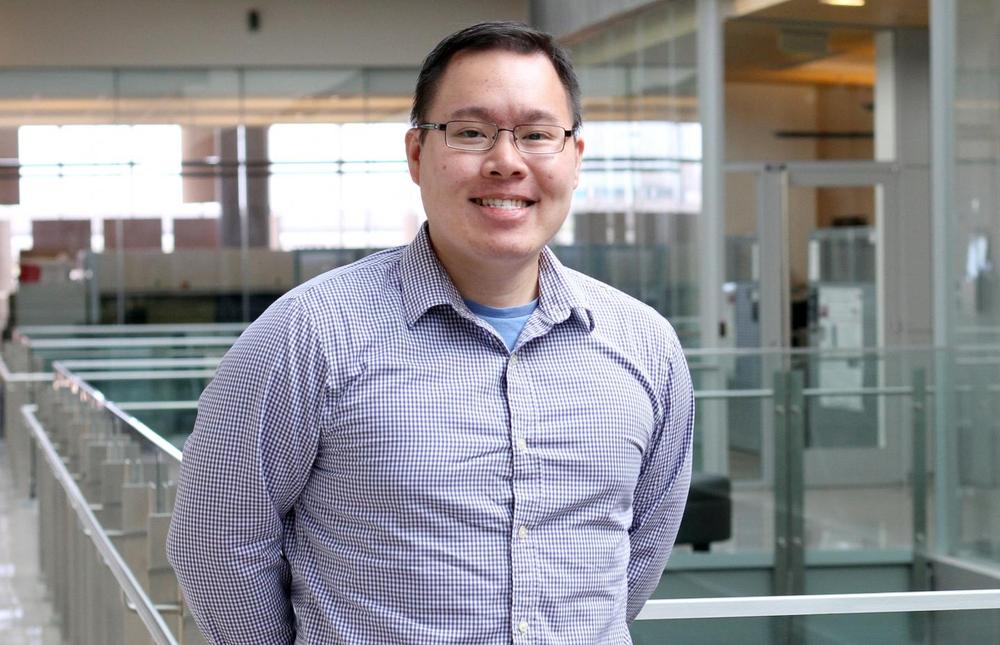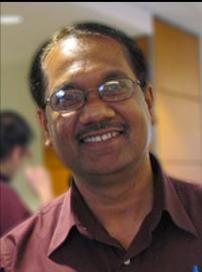May 5, 2020
Firm tests UV light treatment that Trump was mocked for mentioning
Posted by Omuterema Akhahenda in category: biotech/medical
Aytu BioScience announced on April 20, four days before the Trump remarks, that it has signed an exclusive licensing deal with Cedars Sanai Medical Center in Los Angeles. The center has developed and is testing a UV-A “Healight” designed to be inserted via a catheter inside the trachea to kill pathogens, including the coronavirus.
Ultraviolet, or UV, light is commonly used by physicians to treat skin iseases. Cedars-Sanai says UV-A phototherapy potentially could be employed in internal organs.
President Trump has been mocked relentlessly for suggesting that ultraviolet light could be brought “inside the body” to kill the coronavirus, but there is ongoing research to do just that.
Continue reading “Firm tests UV light treatment that Trump was mocked for mentioning” »


